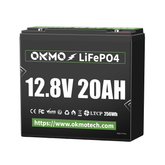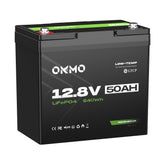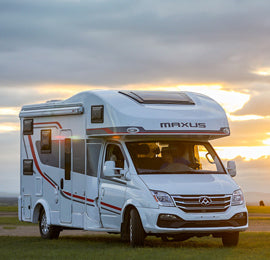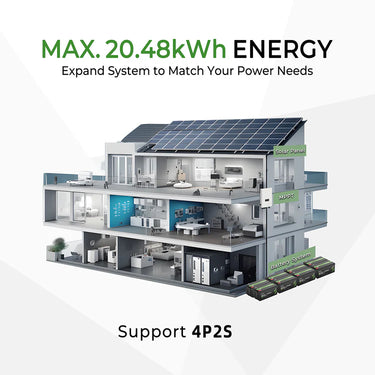12V Lithium Battery Charger 5 Must-Know Precautions for Using

12V lithium batteries are widely used in RV energy storage, solar power systems, electric tools, and more. However, improper charging practices can lead to bulging, capacity degradation, or even fire hazards. Focusing on "12v lithium battery charger" applications, this article outlines five critical precautions to ensure safe and efficient battery management.
1. Use a Charger Specifically Designed for 12V Lithium Batteries
-
Why It Matters
Lead-acid and lithium batteries require entirely different charging profiles. Using incompatible chargers may cause overvoltage (exceeding 14.6V), triggering thermal runaway. -
Best Practices
✅ Verify "LiFePO4" (lithium iron phosphate) or "Li-ion" labels on the charger
✅ Match output voltage range (12.8V–14.6V) to your battery’s specifications
✅ Prioritize OEM chargers (e.g., DOKIO, NOCO) for optimal compatibility
 2. Monitor Charging Temperature Conditions
2. Monitor Charging Temperature Conditions
-
Critical Data
Lithium batteries perform best at 0°C–45°C (32°F–113°F). Charging below 0°C risks lithium plating, while temperatures above 45°C accelerate electrolyte breakdown. -
Pro Tips
-
Warm batteries to ≥5°C before charging in cold environments
-
Avoid direct sunlight exposure during summer charging
-
Invest in smart chargers with temperature sensors (e.g., Victron IP65 series)
-
3. Prevent Over-Discharge/Overcharge
-
Role of BMS
While most premium 12V lithium batteries include a BMS (Battery Management System), over-reliance on its cutoff protection reduces lifespan. -
User Responsibilities
✅ Stop discharging at ≥10V (recharge when 20% capacity remains)
✅ Disconnect immediately after reaching 14.6V—avoid trickle charging (reserved for lead-acid batteries)
✅ Perform a full discharge-recharge cycle monthly to calibrate capacity indicators

4. Never Mix Old and New Battery Packs
-
Hidden Risks
Combining aged and fresh batteries in series causes uneven load distribution due to internal resistance mismatches. Actual test data shows a 300% increase in failure rates for mixed battery groups. -
Prevention Strategies
-
Charge only same-batch, equal-capacity batteries together
-
Use multi-port chargers with independent channels (e.g., ECOWORTHY 20A model)
-
Recondition batteries stored over 6 months before reuse
-

5. Optimize Storage Charging Practices
-
Ideal Storage Parameters
Store lithium batteries at 50% state of charge (SOC) in a dry, 25°C (77°F) environment. Full-charge storage for 1 year causes ~15% capacity loss, while empty storage may permanently damage cells. -
Maintenance Checklist
✅ Use chargers with storage modes (e.g., CTEK MXS 5.0)
✅ Recharge to 50%–70% SOC every 3 months
✅ Disconnect series cables when storing battery packs long-term
Extended Guide: How to Choose a Safe 12V Lithium Battery Charger
-
Confirm certifications: UL, CEC, or EU CE
-
Prioritize CC/CV (constant current/voltage), short-circuit, and reverse-polarity protection
-
Select power ratings at 0.2C of battery capacity (e.g., 20A charger for 100Ah battery)
 Final Recommendations
Final Recommendations
Proper use of a 12v lithium battery charger can extend lithium battery cycles beyond 15,000 (≈5–8 years). Use a multimeter biannually to check cell voltages—perform balance maintenance if deviations exceed 0.2V. Bookmark this guide and share it with fellow lithium battery users to collectively minimize operational risks!








